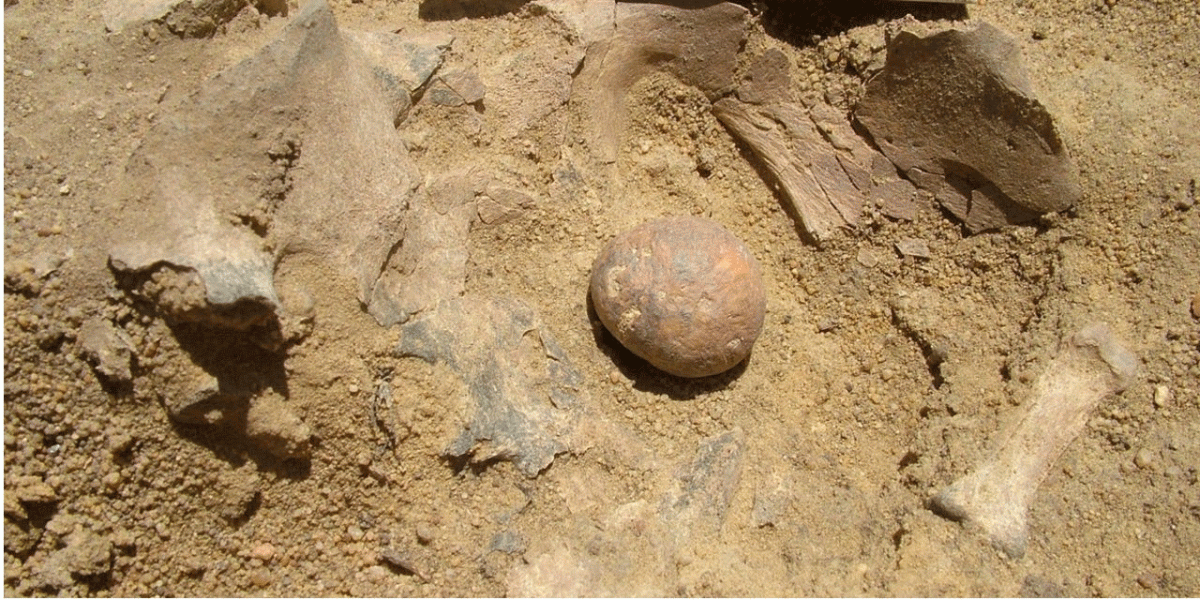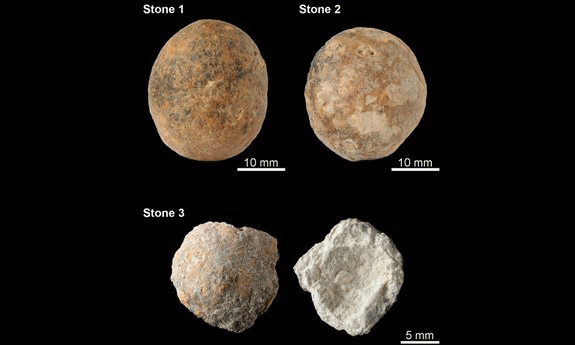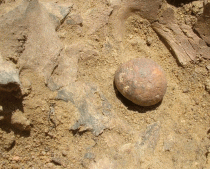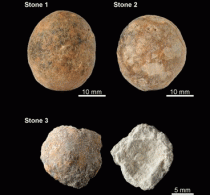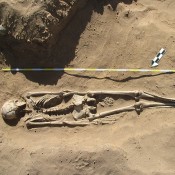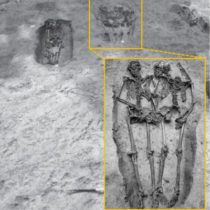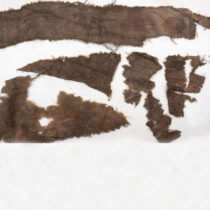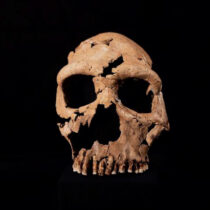Findings from a prehistoric site in Sudan show that prostate stones is a condition that tormented man as early as 12,000 years ago. The site is the prehistoric cemetery Al Khiday in central Sudan and in 2013 researchers found what seems to be prostate stones the size of walnuts in the pelvic area of an adult male.
The cemetery is located about 12 miles south of Omdurman (Khartoum) on the left bank of the White Nile and the remains of the individual in question were unearthed by British and Italian researchers, a team led by Donatella Usai and Sandro Salvatori at the Centre for sudanese and sub-Saharan studies in Treviso, Italy. The team have published their findings in the journal PLOS ONE. The burials at the cemetery date to three different periods starting 12,000 years ago and stretching until 2,000 years ago.
The male whose remains bore the prostate stones was in one of the oldest graves, a pre-Mesolithic one which included 94 individuals. As was the common practice at the time he was buried face done and one of the stones was found between the pelvic bones and two near the lumbar vertebrae. After analyses were run the microstructure and density of the stones proved that they had been formed in the man’s prostate. Further analyses were conducted to define the nature of the stones, establishing the origin of the stones and excluding the possibility of them having been formed in the kidneys or elsewhere. Bacterial imprints within the stones shows that perhaps an inflammation was tormenting the individual as well.
The specimen is rather unique since most men and women of the population of the site in the pre-Mesolithic period did not really suffer from chronic disease, with the exception of dental issues, as is demonstrated by the large number of cavities found in dental remains.
The prostate stones found are not only valuable to our understanding of the evolution of the disease, but also unique due to their size. Normally, prostate stones are quite small and asymptomatic in most adults today. The large size of the prehistoric ones found in Sudan, however, means that the man probably had suffered great pain during his life, perhaps even an obstruction to the urinary tract.
Previous associated findings include an 8,500-year-old stone found in the pelvis of an adult female in a cave-tomb on the coast of Sicily.
The new discovery establishes the fact that the disease is not one of the modern era but also affected prehistoric people, however different lifestyle and diet they might have had comparing to our own.
